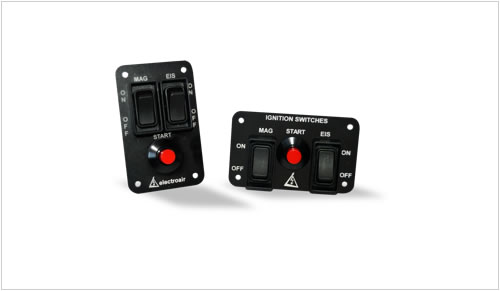Cruzinchris
Pre-takeoff checklist
- Joined
- Jul 18, 2017
- Messages
- 143
- Display Name
Display name:
Cruzinchris
An article appeared on Kathryn's Report's about someone killed when the engine fired while he was doing a pre-flight inspection. The throttle was off, mixture idle cutoff and the ignition key was in his pocket.
http://www.kathrynsreport.com/2019/07/propeller-contact-with-person-cessna.html
Turns out the key could be removed while in any position in addition to OFF. Apparently it was still R.
Some time ago I noticed that the key on my Beechcraft Sport could be removed in any position. My plane came with several keys. The one I was using was worn pretty bad. Using another key "fixed" the problem.
Everyone should check this on their plane.
http://www.kathrynsreport.com/2019/07/propeller-contact-with-person-cessna.html
Turns out the key could be removed while in any position in addition to OFF. Apparently it was still R.
Some time ago I noticed that the key on my Beechcraft Sport could be removed in any position. My plane came with several keys. The one I was using was worn pretty bad. Using another key "fixed" the problem.
Everyone should check this on their plane.



